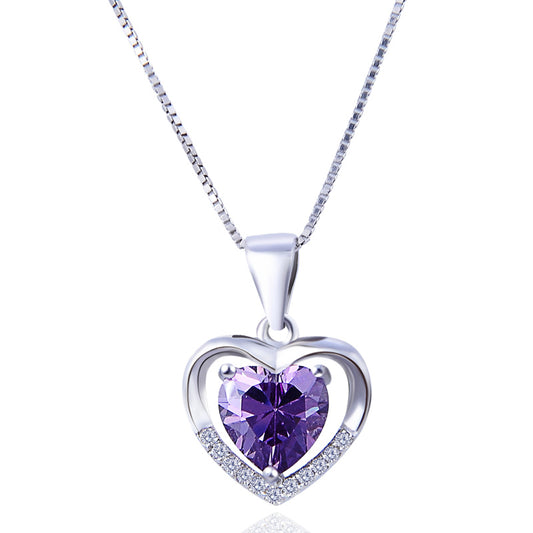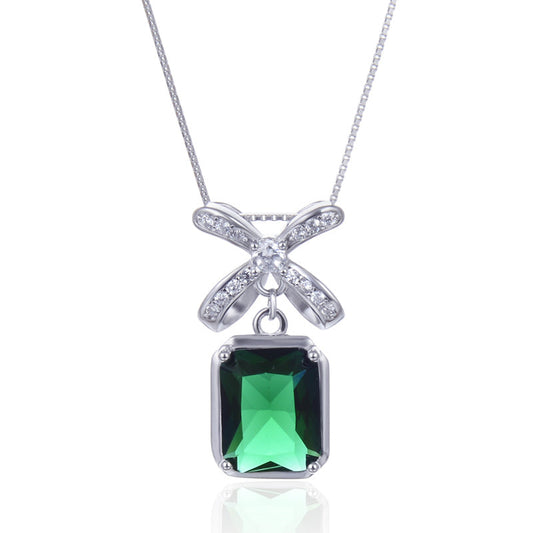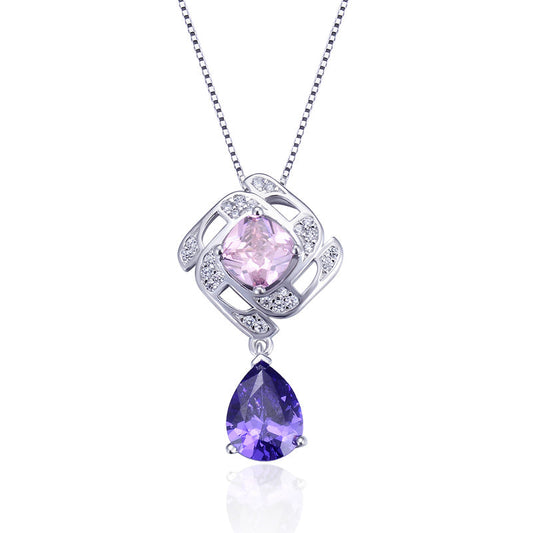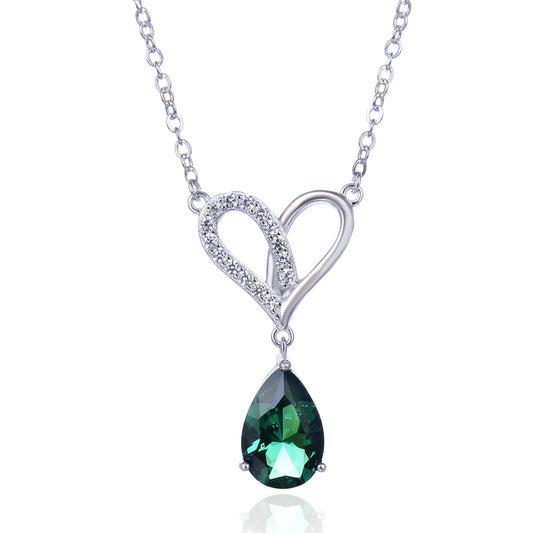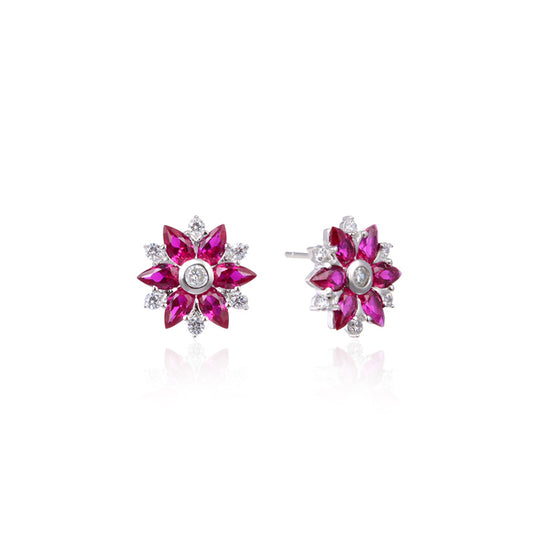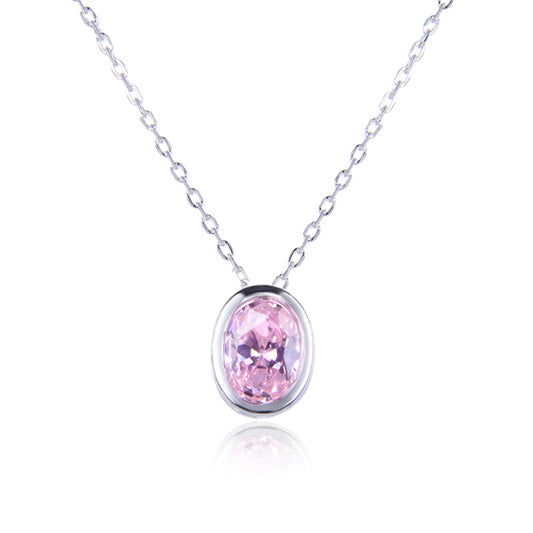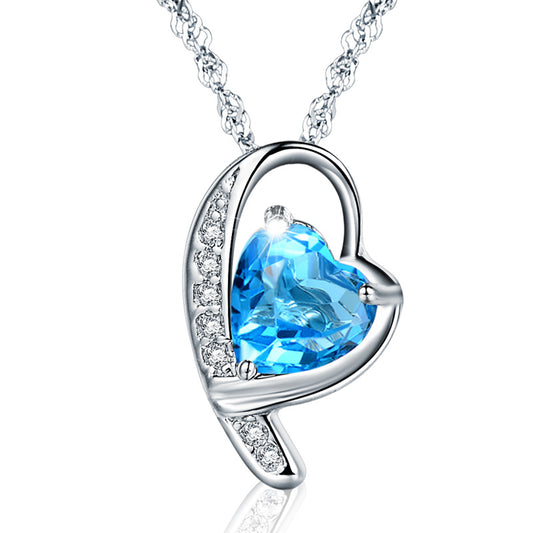The Complete Guide to the Medusa Costume
The Medusa Costume, inspired by the mythical Medusa of Greek mythology, has become a popular choice for cosplay, Halloween, and other fancy dress occasions. This guide will delve into the origins, design, and construction of the Medusa costume, as well as provide tips and tricks for wearing and styling it perfectly.
The Myth of Medusa
In Greek mythology, Medusa was one of the three Gorgons, daughters of Phorkys and Keto. She was known for her serpentine hair and her ability to turn anyone who looked into her eyes to stone. While her sisters were immortal, Medusa was not, making her a vulnerable target for the hero Perseus, who eventually slew her using a mirrored shield to avoid her gaze.
The Medusa costume is a tribute to this powerful, yet tragic figure from Greek mythology. It embodies the eerie beauty and haunting allure of the Gorgon, making it a favorite among costumers and cosplayers alike.
Designing the Medusa Costume
When designing a Medusa costume, there are several key elements to consider:
-
The Dress: Traditionally, Medusa is depicted wearing a long, flowing gown. This can be any color, but deep greens or blues are often chosen to evoke a sense of the sea and serpents. The dress should be made of a lightweight, flowy material that billows and sways as you move.
-
The Snakes: The most distinctive feature of the Medusa costume is, of course, the snakes. These can be made from a variety of materials, including plastic, rubber, or even real snakeskin (for a more authentic, but much more expensive, look). The snakes should be arranged in a way that mimics Medusa's hair, with some hanging down over the shoulders and others coiled around the head like a crown.
-
The Headpiece: A Medusa costume is not complete without a dramatic headpiece. This can be as simple as a circlet of snakes, or more elaborate, with additional jewels and embellishments. The headpiece should sit securely on your head and not be too heavy, to avoid discomfort during wear.
-
The Makeup: Medusa's face is often depicted as gaunt and otherworldly, with dark, sunken eyes. Use makeup to contour your cheeks and eyes, creating a haunting, ethereal look. Don't forget to paint your lips a deep red or purple to complete the ensemble.
-
The Accessories: While not strictly necessary, some costumers like to add additional accessories to their Medusa costumes, such as a snake-headed staff or a belt made of snakes. These can add an extra layer of detail and authenticity to your look.
Constructing the Medusa Costume
Constructing a Medusa costume can be a fun and creative process. Here are some tips to help you get started:
-
Choosing Fabric: When selecting fabric for your dress, look for something that is lightweight, flows well, and has a slight sheen to it. Silk, chiffon, or satin are all good choices. Avoid heavier fabrics like cotton or denim, as they will not give you the desired effect.
-
Making the Dress: If you're handy with a sewing machine, you can easily make your own Medusa dress. Start by drafting a simple pattern based on your measurements, then cut and sew the fabric accordingly. If sewing is not your forte, don't worry – there are plenty of online retailers that sell pre-made Greek-style gowns that would work perfectly for a Medusa costume.
-
Creating the Snakes: There are several ways to create the snakes for your costume. You can purchase ready-made snake props, or make your own using craft foam, felt, or even clay. If you're feeling ambitious, you can even try sculpting your own snakes out of wire and fabric. Just remember to keep the weight down so that your headpiece doesn't become too cumbersome.
-
Assembling the Headpiece: Once you have your snakes, it's time to assemble your headpiece. You can use a hot glue gun or strong craft glue to attach the snakes to a headband or circlet. Arrange them in a way that looks natural and balanced, with some hanging down over the shoulders and others coiled around the top of the head.
-
Finishing Touches: Don't forget to add any additional accessories you may want, such as a snake-headed staff or belt. These can really help to pull your look together and make it more authentic.
Styling and Wearing the Medusa Costume
Now that you have your costume constructed, it's time to style and wear it! Here are some tips to help you rock your Medusa look:
-
Hair and Makeup: As mentioned earlier, use makeup to contour your cheeks and eyes for a gaunt, otherworldly look. Paint your lips a deep red or purple to complete the ensemble. As for your hair, you can either wear it down and loose (if it's long enough), or put it up in a bun and cover it with the snake headpiece.
-
Pose and Attitude: When wearing your Medusa costume, remember to exude confidence and power. Strike dramatic poses with your staff or belt, and don't be afraid to stare down anyone who dares to meet your gaze!
-
Safety First: While wearing your Medusa costume, always be mindful of safety. Make sure your vision is not obstructed by the snakes or headpiece, and be careful not to trip over any loose fabric. If possible, wear shoes with a low heel to avoid any potential falls.
-
Accessorizing: If you want to take your costume to the next level, consider accessorizing with additional snake-themed jewelry or props. A snake-shaped necklace or bracelet can really add to your look.
-
Have Fun: Most importantly, remember to have fun with your costume! Whether you're attending a Halloween party or cosplay event, enjoy the opportunity to dress up and show off your creative side.
Conclusion
The Medusa costume is a unique and eye-catching choice for any fancy dress occasion. By following the tips and tricks in this guide, you can easily create and style your own Medusa look that is both authentic and stunning. So why wait? Start planning your costume today and prepare to turn heads at your next event!


